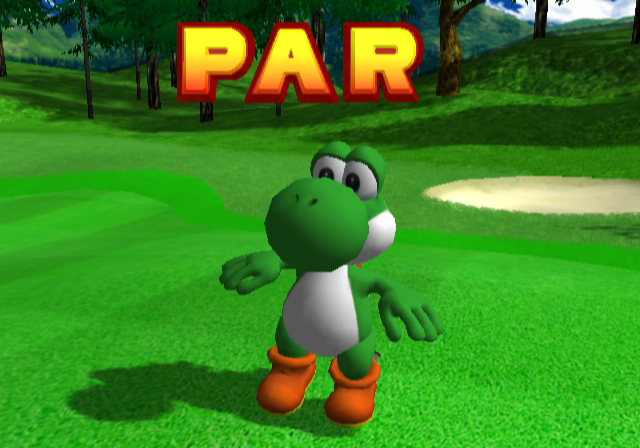On PAR (Participatory Action Research) and Social Design for Community Engagement [#CuriousCoLab]
Last week I moved apartments within Richmond, which really got me out of sync with the real-time schedule of the Collaborative Curiosity course. With this post I’ll reflect on my takeaways from this week’s and last week’s readings, gathering my thoughts before moving onto the last two weeks of the course.
Recall that I’m not actually designing a community-engaged research project myself; instead, I’m interested in seeing how what I learn about CEnR could be applied to teaching undergraduate service-learning courses. So I didn’t need to choose between a Community-Based Participatory Research (CBPR) or Participatory Action Research (PAR) methodology. Yet I found myself drawn to the latter, especially because articles I came across by way of the Participatory Action Research and Organizational Change site problematized what participation means in useful ways. In “Participatory Action Research as a Process and as a Goal,” Greenwood, Whyte, and Harkavy stress “the impossibility of imposing participation on the research process”; it is instead emergent in nature, and falls on a continuum with “expert research” on one end and full PAR on the other.

I could see exploring the concept of participation with my students, who would be selecting a community partner and designing a research project with the goal of having their service experience complement what they find in conventional sources. Sometimes it is a good match, sometimes not. However, the success of the pairing depends in part on how students take ownership of their service. I seek placements for students where they have the ability to design how they will contribute to their partners’ missions—independent initiatives that work in tandem with established programs these organizations already have in place. Greenwood, Whyte, and Harkavy note that there must be “participatory intent” at the outset that may be sustained by “building participatory processes into the activity within the limits set by the participants and the conditions.” The CBPR methodology seemed to me more focused on inquiring into those conditions and setting the parameters for collaboration, which requires time to develop deep relationships before arriving at the research objectives. For students in my semester-long class, it makes more sense to focus on working within constraints. That’s an idea I touch upon throughout the term. I initially encourage students to be open to discovery, but eventually they need to commit to a limited scope and to working with the information and experience they are able to gather.
The theme of my UNIV 200 course is the social construction of technology, and next year I’m going to stress design parameters—conditions, intentions, emergence—to encourage students to think more critically about technology. I have focused on communities’ access to technologies, but I believe I also should help students examine design choices and effects more closely. Eric Gordon and Jessica Baldwin-Philippi’s article on “Playful Civic Learning” through a game environment might be a great example to share with them. It was fascinating how the Community PlanIt platform encouraged players to build networks by sharing their views, which ultimately provided them with an alternate means of civic engagement. Their contributions offered researchers with one set of data, and studying how players actually took advantage of the interface was another.
Over the summer I’ve been researching social design (also known as design for social change/innovation) as another possible point of entry, with the hope that the subject might inspire students to recognize design as a heuristic for their service and research. The Civic Media Project could provide useful illustrations for discussions on social design. Gordon’s work gives me a lot to think about as I redesign my course description. I really should try to complete the statement of my theme in time to share it with the class before the Collaborative Curiosity course reaches its conclusion.
No comments yet.
Add your comment